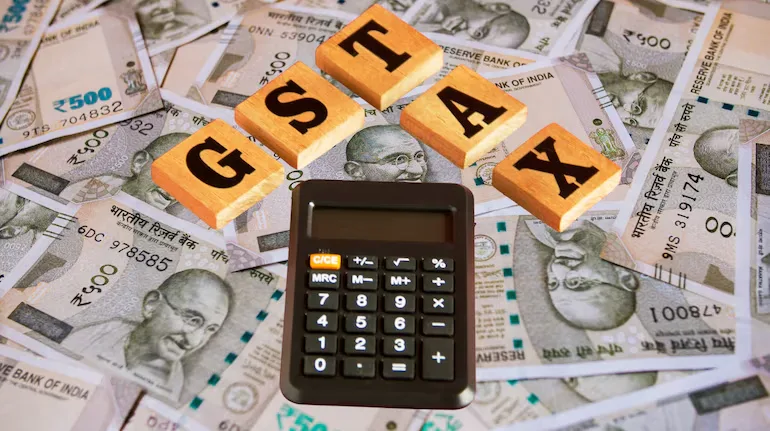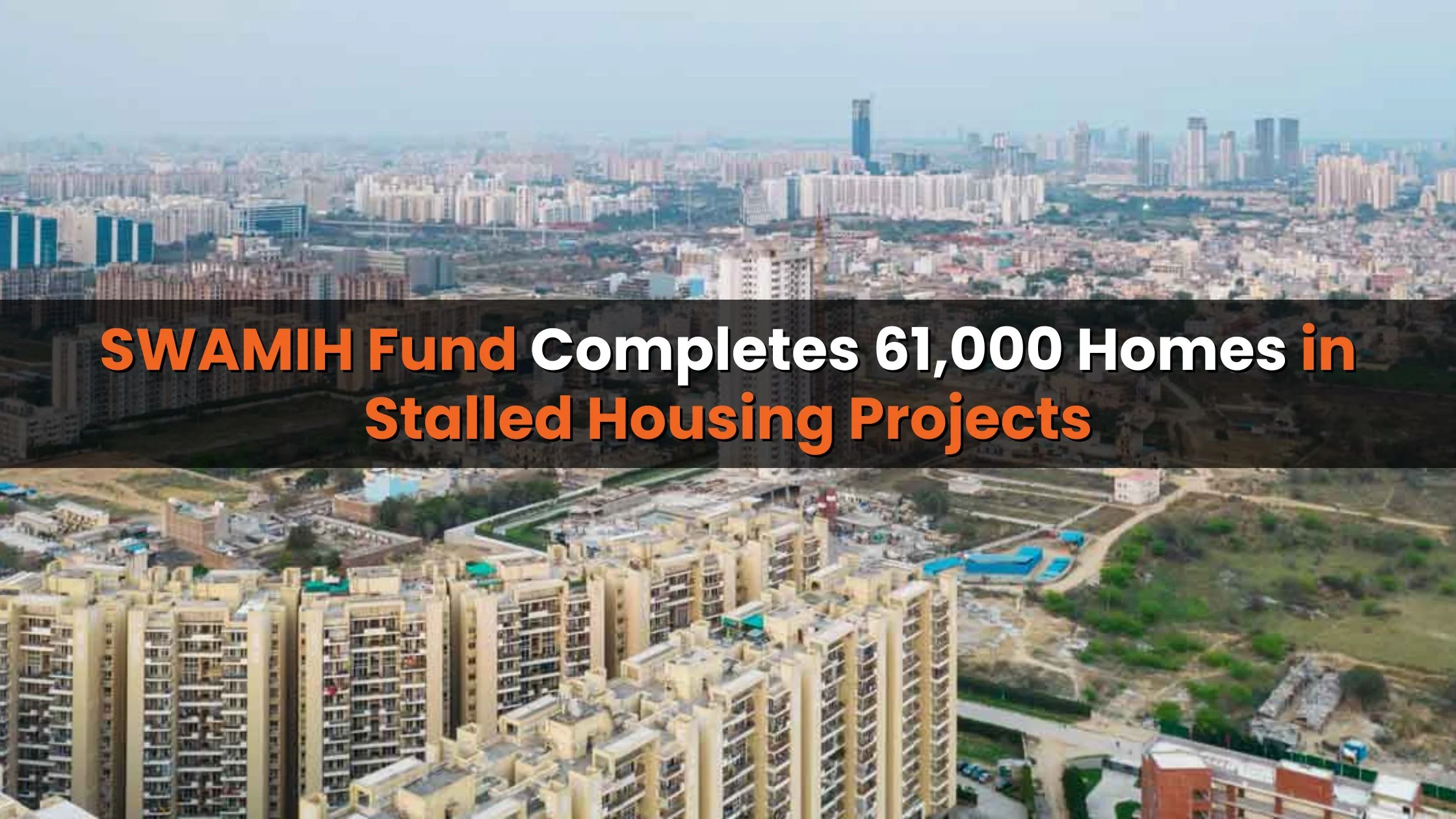Table of Content
The recent GST Council’s 56th meeting introduced what is being called GST 2.0, a major overhaul aimed at simplifying tax slabs and reducing costs across key sectors. For the real estate and construction industry, the most significant announcement came in the form of GST rate cuts on core building materials like cement, granite, tiles, and plywood.
This move has revived a long-standing debate for homebuyers: is it more cost-effective to construct a house on your own plot or to buy an apartment in a gated community? On the surface, reduced GST on materials looks like a win for self-builders, but the picture changes once you factor in works contracts and developer pricing models.
So, do these GST rate cuts really make self-built homes cheaper than apartments in housing societies? Let’s break it down.
GST Overhaul and Savings for Homebuilders
One of the biggest reliefs for the construction sector came in the form of a cement rate cut from 28% to 18%. Cement, which typically accounts for 15–20% of a project’s cost, has always been a burden on self-builders. To put this into perspective, 100 bags of cement (at ₹400 per bag) earlier attracted ₹11,200 GST. Under the new rate, the same attracts only ₹7,200, translating to direct savings of ₹4,000.
Other building materials also saw reductions:
- Marble and granite slabs dropped from 12% to 5%.
- Plywood and fibre boards went from 12% to 5%.
- Handcrafted stone or wood items also reduced from 12% to 5%.
For a 1,000 sq ft home being built on a 300 sq yard plot in a Tier-2 city, these changes could save close to ₹60,000 on a ₹30 lakh project. That’s about 2% of the overall budget, which is a meaningful relief, especially for families managing costs tightly.
Also Read: How GST 2.0 Impacts India’s Real Estate Industry?
Understanding Composite Contracts
However, the picture isn’t entirely rosy. Alongside material rate cuts, the GST Council also revised tax on composite contracts (which bundle material + labour). These contracts will now attract 18% GST, up from 12%.
This has very different implications:
- If you engage a contractor under a composite contract and spend ₹18 lakh, you now pay an additional ₹1.08 lakh in GST.
- On the other hand, pure labour contracts remain GST-exempt for single residential units built for self-use.
For developers constructing gated apartments, GST continues at 5% on under-construction flats (without input tax credit). While buyers may not see itemized savings, developers usually absorb and factor GST into the property’s base price.
The real takeaway: families building on their own plots can maximise savings by purchasing materials directly (benefiting from lower GST) while hiring labour separately to avoid the 18% works contract levy.
Cost Analysis: Plot Construction vs. Gated Apartment
Let’s consider a practical comparison:
Constructing on your own plot
- Average cost for a 1,000 sq ft house: ₹28–35 lakh (₹2,800–₹3,500 per sq ft).
- GST savings under new rates: ₹60,000–₹70,000 (about 2%).
- Flexibility in design, phased construction, and direct control over expenses.
Buying an apartment in a gated society
- Developers charge 5% GST on under-construction apartments, but it’s usually embedded in pricing.
- A ₹30 lakh apartment effectively includes a ₹1.5 lakh GST component.
- Buyers have fewer visible savings as developers decide how much of the benefit is passed on.
Net takeaway: Self-builders gain more direct and transparent benefits from GST rate cuts, though the savings are modest relative to total project cost. Apartment buyers enjoy convenience but have little control over whether they see the tax benefit.
Are the GST Rate Cuts Significant?
When we look at the numbers in proportion, the answer is: partly.
- On a ₹30 lakh self-construction project, savings are ~2% (₹60,000–70,000).
- This could cover basic interiors, finishes, or part of a loan EMI burden.
- But these gains are offset in cases where families depend on composite contracts, as the 18% GST inflates costs again.
Industry experts also note that while the cuts are welcome, the relief is relatively modest compared to rising labour charges, land prices, and regulatory costs. In short, GST reforms help but they don’t radically alter affordability.
Also Read: GST 2.0: Will Lower Construction Taxes Make Apartments More Affordable This Festive Season?
Maximising Benefits for Self-Builders
For families planning to construct their own homes, a few strategies can maximise gains from GST rate cuts:
- Avoid composite contracts – Buy materials yourself and hire labour separately.
- Bulk procurement of reduced-rate items – Cement, tiles, granite, and plywood are best purchased upfront in larger quantities.
- Be mindful of interiors – Modular kitchens, wardrobes, and furniture may still be treated as works contracts attracting 18% GST.
- Use phased construction smartly – For plots, you can build in stages, adjusting procurement with market trends to benefit more from GST revisions.
These tactics can ensure that savings translate into actual affordability rather than getting lost in higher contractor margins.
Conclusion
The latest GST rate cuts are undoubtedly a step toward making home construction slightly more affordable. For self-builders, the direct savings on cement and other materials can add up to nearly 2% of the total project cost a figure that, while modest, still provides meaningful relief.
However, the hike in works contract GST to 18% limits the overall impact, making it crucial for families to plan procurement and labour arrangements wisely. For apartment buyers, the story is less transparent developers may absorb the benefit or pass it on selectively, leaving little room for buyers to see savings directly.
Ultimately, while building on your own plot can be marginally cheaper than buying an apartment under the new GST framework, the difference isn’t game-changing. Affordability continues to depend on broader market forces like land cost, financing rates, and developer pricing.
That said, these reforms are a positive signal for the housing sector and a reminder that careful planning can make a noticeable difference when building your dream home.









Ans 1. The GST cuts reduce costs on key materials like cement, tiles, and plywood, helping self-builders save around 2% on their total project budget.
Ans 2. Yes, building on your own plot offers more direct savings since material GST cuts apply directly, while apartment prices already include GST with little transparency for buyers.
Ans 3. For a 1,000 sq ft home worth about ₹30 lakh, you can save roughly ₹60,000–₹70,000, which is meaningful though not a game-changing amount.
Ans 4. Composite contracts, which bundle material and labour, are now taxed at 18% instead of 12%, making them more expensive than buying materials separately and hiring labour.
Ans 5. Not directly, since developers charge 5% GST on under-construction flats and usually adjust it within the base price, leaving buyers with limited visible savings.
Ans 6. The best way is to avoid composite contracts, buy materials in bulk at reduced rates, and hire labour separately to prevent higher tax outflow.
Ans 7. The savings help but are modest compared to larger costs like land, labour, and financing, so affordability doesn’t drastically change.
Ans 8. It mostly impacts those who depend on turnkey contracts, while families managing their own procurement and labour remain better positioned to save.
Ans 9. Yes, self-builders on plots can plan procurement in stages, buying materials when rates are favourable, which helps maximise long-term savings.
Ans 10. Self-builders enjoy clearer savings from lower GST on materials, while apartment buyers see little difference, meaning plot-based construction remains slightly more cost-effective.